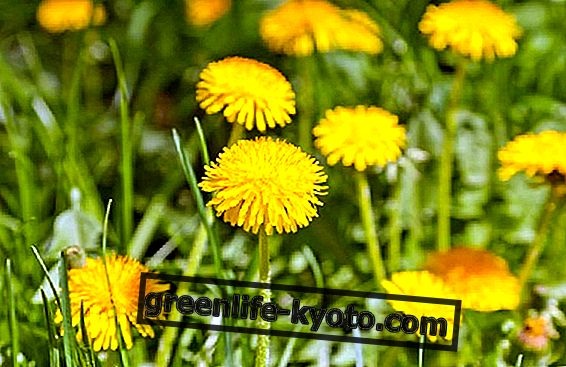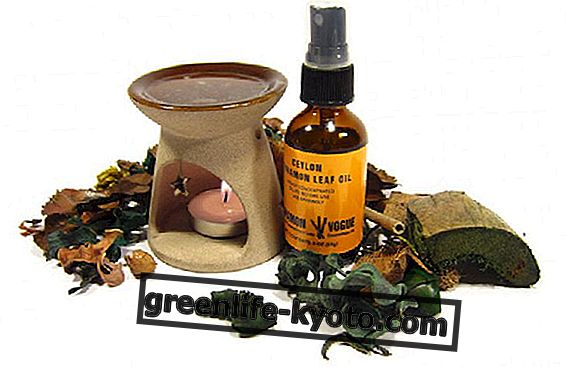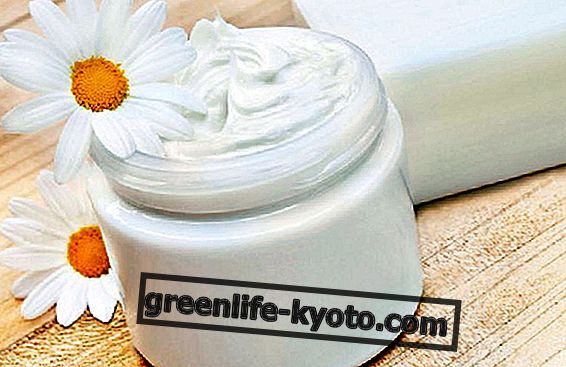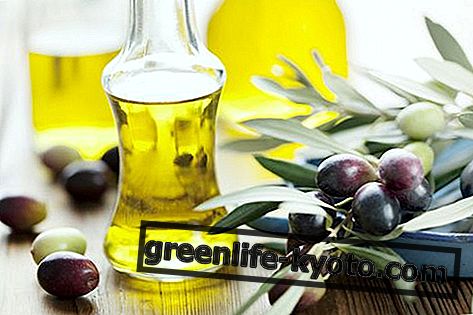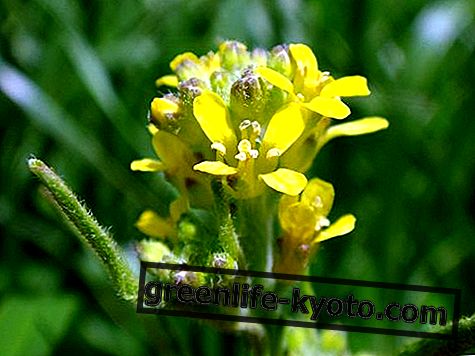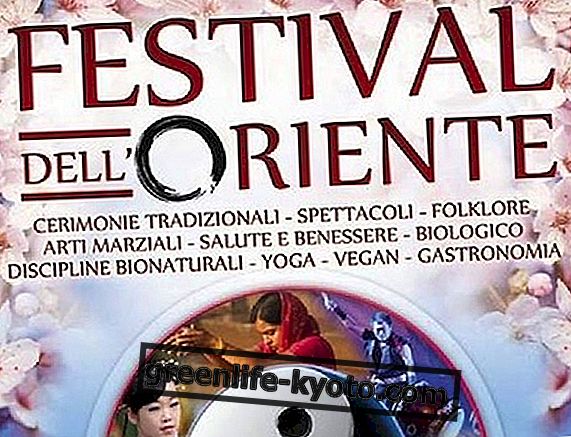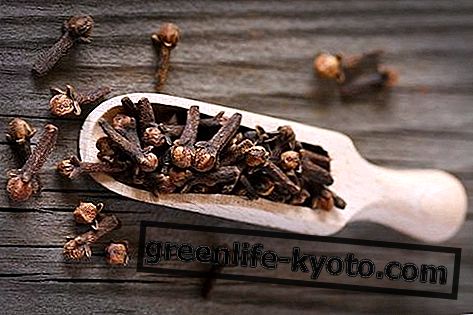
Helichrysum oil is an oleolite, obtained by macerating the flowering tops of Helichrysum italicum in a vegetable oil and having a powerful antihistamine, decongestant, soothing action, useful in many skin disorders. This precious oil is indicated in the presence of psoriasis, herpes of all kinds, eczema and irritations of sensitive skin, subject to allergy, such as contact dermatitis and skin rash .
The name of the plant comes from the Greek helios which means " sun " and chrysos " gold ", and refers precisely to the radial form, to the very bright golden yellow of its flowers, and to the fact that the plant grows in very sunny and warm places .
The helichrysum belongs to the Asteraceae family, once known as Compositae, which includes numerous species, and is also called with the common name of " evergreen ", probably because it retains the color of the flowers for a long time along with its perfume, which recalls the aroma of chamomile, mint and licorice together.
How to prepare Helichrysum oil
To prepare the helichrysum oleolite the heads are used (100 gr), left to dry in ventilated and dark places and then macerated in sweet almond oil or extra virgin olive oil (500 ml), so as to transfer the liposoluble active ingredients from flowers to oil.
Dried flowers are placed in a dark glass jar with an airtight lid . Then add the oil, until they are completely covered, taking care to turn the macerated material every day to avoid the formation of mold. After about 40 days, the oil can be filtered through a light cloth or gauze . Squeeze the residue, and if you want a very pure oil, you can make a second filtering, using a cotton gauze, so that the fibers capture the last impurities. The oleolite thus obtained is preserved in a dark glass bottle, in a cool place and possibly indoors.
Discover also all the properties of the plant from which the Helichrysum oil is extracted
Properties and benefits of Helichrysum oil
Helichrysum oil, thanks to the synergistic action of its active ingredients, is used in phytocosmetics in the topical treatment of eczema, psoriasis, especially if located on hands or feet, knees or elbows . Furthermore, due to its analgesic and anti-inflammatory properties , it is recommended in case of rheumatic pains and varicose veins, as it helps to reactivate the blood circulation, making it really effective in the presence of cold hands and feet and chilblains .
Furthermore, this oil is an effective remedy to strengthen and decongest sensitive, reactive skin with an allergic tendency, in the presence of sores and burns, or to ignite sunburn. For these reasons it is also used as a functional ingredient in creams, ointments and detergents to reduce pain, itching and burning .
The properties and contraindications of the essential oil of Helichrysum
Description of the plant
The various species of helichrysum grow in southern Europe, but it is in the Mediterranean area that Helichrysum italicum has its greatest diffusion: in these particularly favorable climatic conditions, the plant grows concentrating its active principles, in arid and sandy and sunny places, up to 800 meters; in Italy it is widespread almost everywhere.
Perennial herbaceous plant 30-40 cm high with corymbs formed by yellow heads, it has a woody base about 40 cm high, very resistant, with a slightly prostrate posture on the ground, where it forms dense odorous spots with a very intense and characteristic perfume. It has twigs and leaflets covered with a dense, silvery gray hair, with a velvety appearance, which protects them from adverse weather conditions (summer heat and drought). It has a modest spindle root and numerous rootlets from which various branchy stems depart. The gray / gray leaves are oblong-lanceolate, flat and pubescent on both sides. The flowers, gathered in corymbs, are round-shaped yellow heads with thin petals. The fruit is an achene.
Did you know that helichrysum is useful for colds? Find out how to use it!


